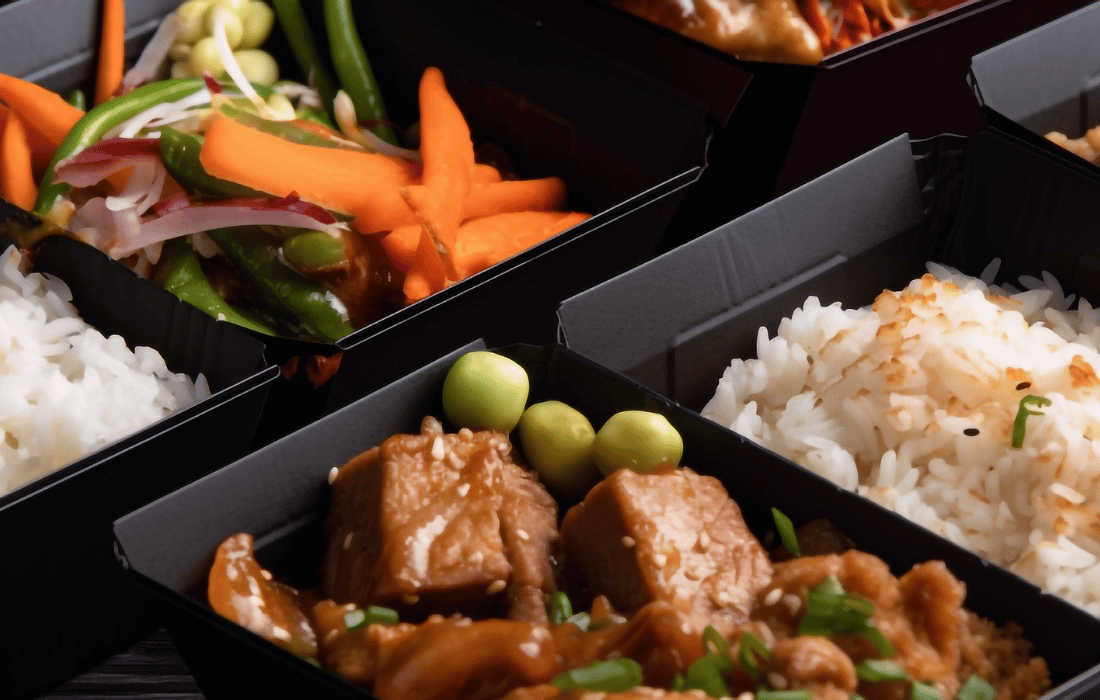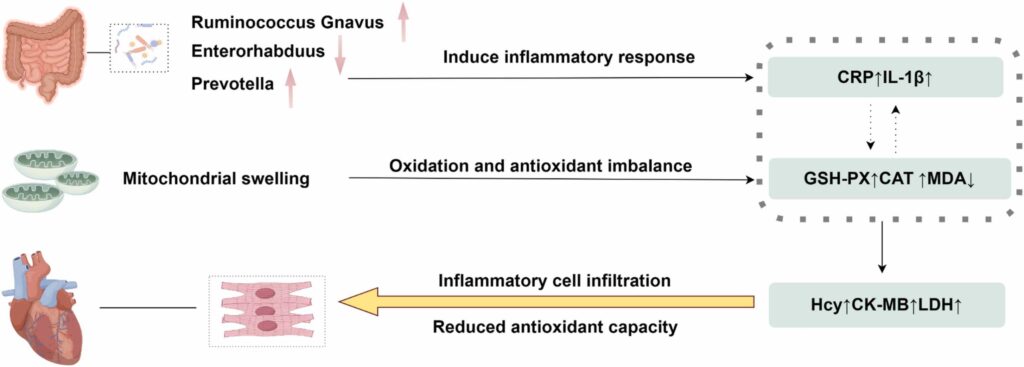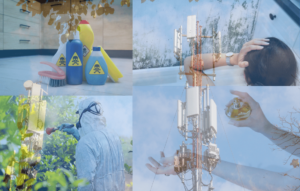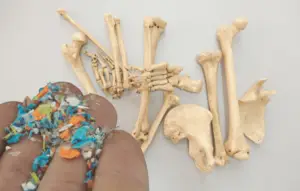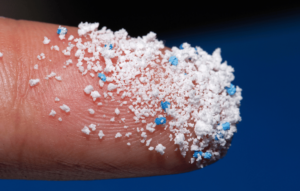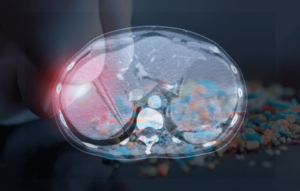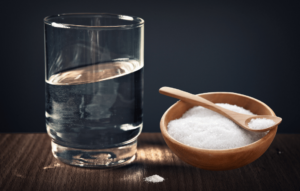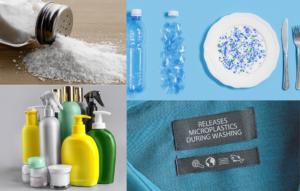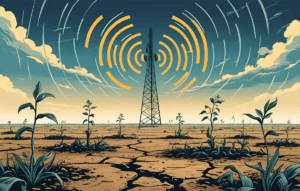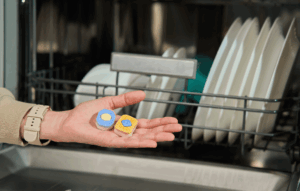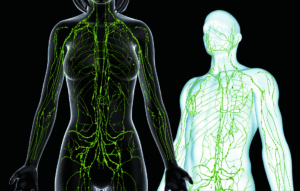We live in a world dominated by plastic. It’s convenient, cheap, and, let’s be honest, most of us don’t even think twice about the plastic takeout containers that show up with our favorite pad thai or sushi rolls. They’re just part of the deal, right? You grab your food, dig in, toss the container in the trash (or recycling if you’re trying to be good), and move on.
But here’s the problem: that seemingly harmless plastic container could be doing more damage than you think—not just to the planet but to your heart, gut, and overall health. A new study has revealed that chemicals leaching from these containers, especially when exposed to heat, can wreak havoc on your cardiovascular system and gut microbiome. And the kicker? It doesn’t even take long exposure to start seeing the damage.
The Alarming Science Behind Plastic Leachates
Scientists conducted an experiment where rats were given water that had been sitting in plastic containers exposed to boiling water for 1 minute, 5 minutes, and 15 minutes. The results? Extensive heart damage. And it wasn’t just the heart—their gut microbiome (the trillions of bacteria that play a massive role in overall health) changed significantly, leading to inflammation and oxidative stress.
Inflammation skyrocketed – The rats developed increased markers of oxidative stress and inflammation, both of which are linked to heart disease.
Heart tissue was physically damaged – Mitochondria (the powerhouses of our cells) in their heart cells became swollen and dysfunctional.
Gut bacteria shifted in dangerous ways – This affects digestion, immune function, and, as we now know, even heart health.
And here’s the scariest part—this damage happened regardless of how long the plastic had been exposed to heat. Whether the exposure lasted 1 minute or 15 minutes, the harmful effects were already in motion. That means even brief contact between hot food and plastic can set off a chain reaction in your body.
Why Are Plastic Containers So Dangerous?
If you’ve ever heard about BPA (bisphenol A) and phthalates, you know they’re some of the worst offenders lurking in plastic. These chemicals fall into a category known as endocrine disruptors, meaning they interfere with your hormones. And trust me, you don’t want that.
These chemicals:
Mimic estrogen in the body, leading to hormonal imbalances.
Increase the risk of cardiovascular disease by contributing to inflammation and arterial damage.
Disrupt metabolism, which can lead to weight gain, insulin resistance, and higher cholesterol.
Accumulate over time, meaning the more you use plastic containers, the more these toxins build up in your body.
It’s no wonder researchers found that individuals with high-frequency plastic exposure had a 13% higher risk of congestive heart failure. That’s a massive risk for something as seemingly benign as eating from a plastic container.
The Gut-Heart Connection: How Plastic Exposure Affects Both
You might be thinking, Okay, but what does my gut have to do with my heart?
Everything.
Your gut microbiome isn’t just about digestion—it’s the control center for your immune system, inflammation levels, and even brain health. Scientists are now discovering that imbalances in gut bacteria can lead to heart disease. So when plastic chemicals disrupt your microbiome, they trigger inflammation that doesn’t just stay in your gut—it spreads to your arteries, heart, and other vital organs.
Here’s what happens:
Plastic chemicals disrupt the delicate balance of gut bacteria.
This imbalance increases inflammation and oxidative stress.
Chronic inflammation damages blood vessels and the heart, leading to higher blood pressure, atherosclerosis, and cardiovascular disease.
The Danger of Black Plastic Containers
Not all plastic is created equal, and black plastic is one of the worst offenders. Many black plastic food containers are made from recycled e-waste and can contain a toxic mix of heavy metals, flame retardants, and other harmful chemicals that aren’t meant for food contact.
Black plastic is particularly dangerous because:
It often contains higher levels of contaminants from its previous life as electronic waste.
It absorbs more heat, which can increase the amount of leaching when in contact with hot food.
It’s harder to recycle properly, meaning it often ends up in landfills, where it continues to break down and pollute the environment.
If you see a black plastic takeout container, avoid it at all costs. Opt for alternatives like paper-based or compostable containers whenever possible.
The Microplastic Invasion: A Growing Health Crisis
Beyond chemical leaching, plastic food containers introduce another serious problem: microplastics. These tiny plastic particles, invisible to the naked eye, break off from containers and enter our food and drinks.
Recent studies have found microplastics in human blood, gut, bone marrow, brain, testicles, and even the placenta. These particles are so small they can penetrate organ tissues, leading to inflammation, oxidative stress, and potentially long-term health issues like cancer and neurodegenerative diseases. Here’s how they impact your health:
Microplastics disrupt hormone function – They act as endocrine disruptors, leading to imbalances in estrogen, testosterone, and other vital hormones.
They accumulate in the body over time – Unlike other contaminants that can be flushed out, microplastics build up in tissues and organs.
They trigger immune responses – Your body recognizes them as foreign invaders, leading to chronic inflammation that contributes to cardiovascular disease and autoimmune disorders.
They may contribute to brain and nervous system damage – Studies suggest microplastics can cross the blood-brain barrier, potentially affecting cognitive function and increasing the risk of neurodegenerative diseases.
How to Completely Avoid Plastic in Your Food and Drinks
I do not eat from plastic containers under any circumstance. If I order takeout, I transfer the food into a glass or ceramic container immediately upon arriving home. If I have to eat food that is in plastic packaging, I make sure to remove it from the plastic as soon as possible.
Microwaves are now permitted in my house. I use my convection oven, stovetop, or Traeger grill to reheat food. Heating food in plastic is never an option, and I avoid any restaurant or establishment that serves food in microwavable plastic containers.
Here’s how I avoid plastic exposure in my daily life:
I use a reverse osmosis water filter and remineralize it with transparent microplastic- and heavy metal-tested salt and electrolytes.
I never drink from plastic bottles—I use glass water bottles instead.
I bring my own glass takeout container when eating out to avoid restaurant packaging.
I use organic cotton produce bags instead of plastic grocery store bags.
I avoid polyester and synthetic clothing, especially for beanies and underwear, opting for organic cotton, wool, linen, or silk instead.
I use a cork yoga mat, avoiding those made with synthetic plastic materials.
The Bigger Picture: Why We Need Change
At the individual level, reducing plastic exposure is crucial for health. But we also need big-picture changes:
Better regulations on plastic use in food packaging
Stronger policies against endocrine-disrupting chemicals
More investment in sustainable alternatives
Until then, we have to take charge of our own health. The reality is that plastic isn’t going anywhere overnight. But armed with this knowledge, we can make smarter choices to protect our hearts, our guts, and our long-term health.
Final Thoughts: Choose Health Over Convenience
Look, we all love convenience. But convenience shouldn’t come at the cost of our health. The science is crystal clear—plastic exposure is harming us in ways we never imagined. The next time you grab that takeout container, just think: Is this meal worth potential heart damage?
Making the switch away from plastic may feel overwhelming at first, but every small step adds up. Your body—and your future self—will thank you.

